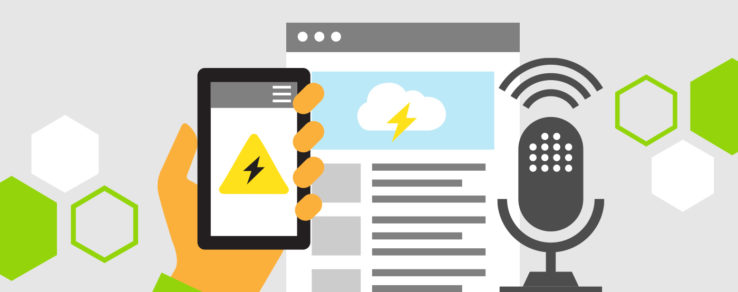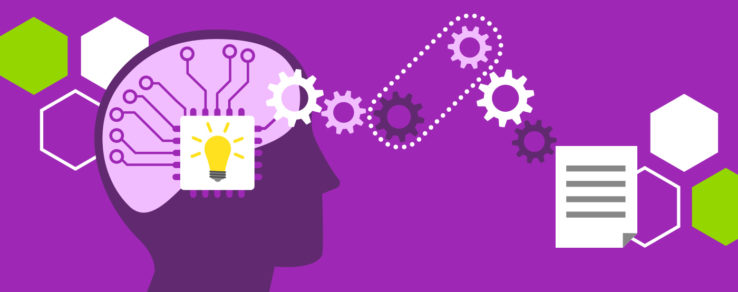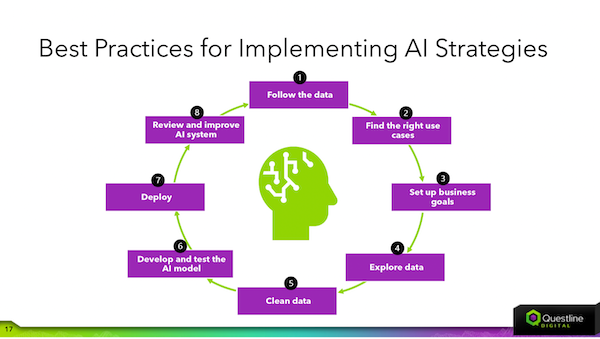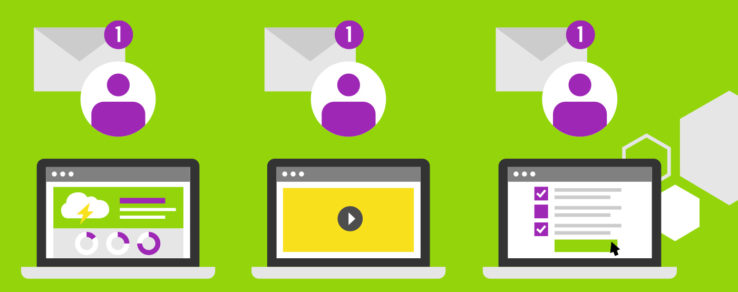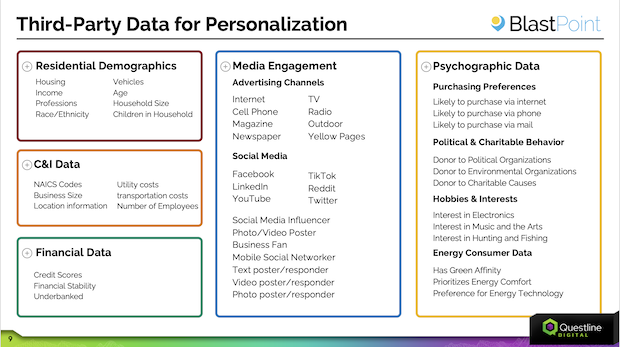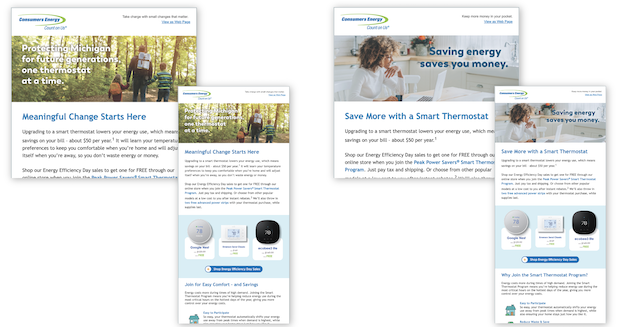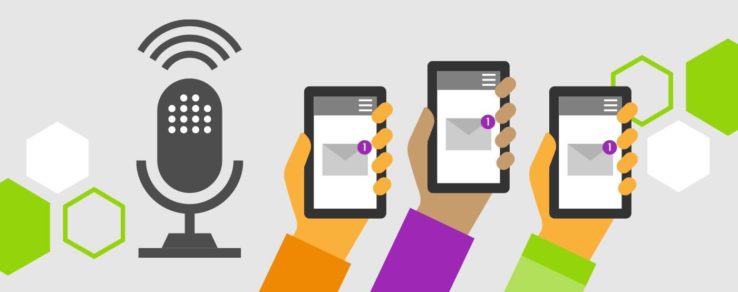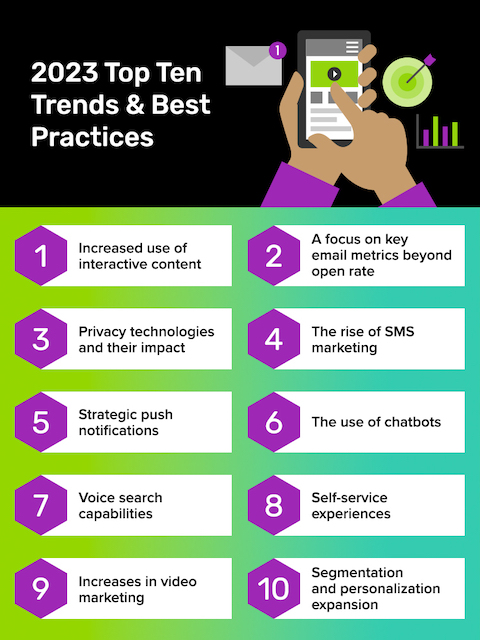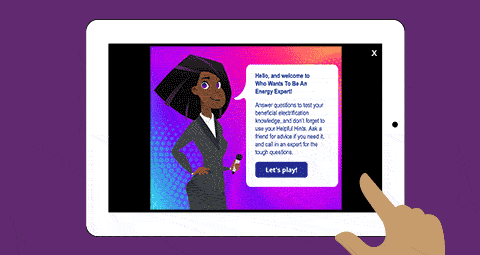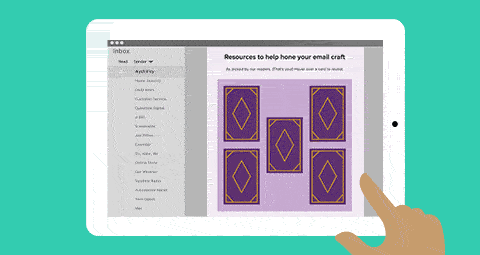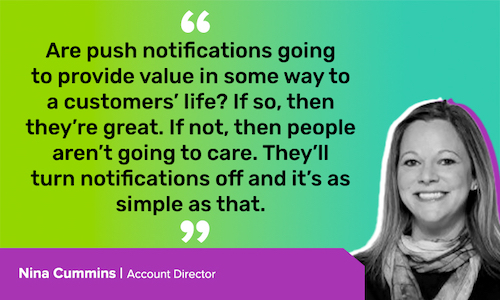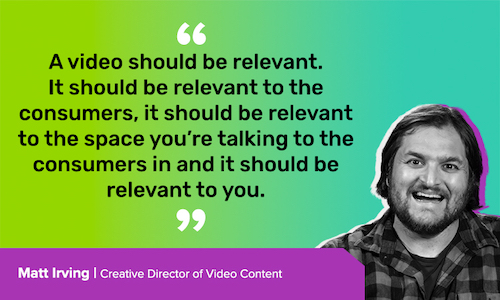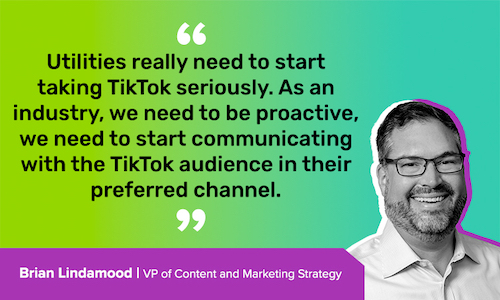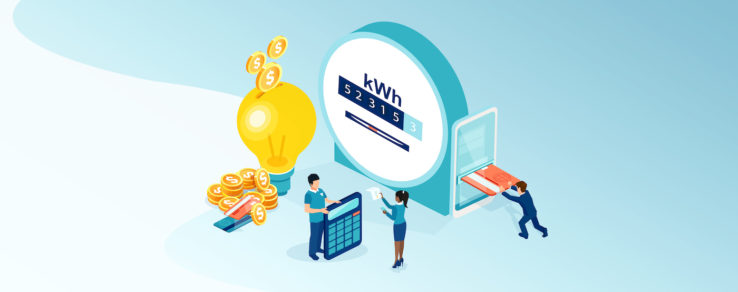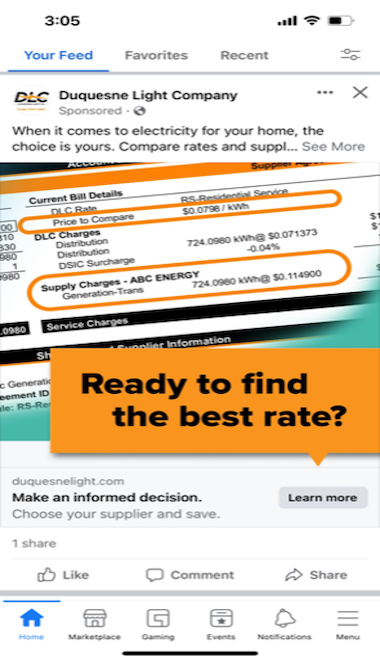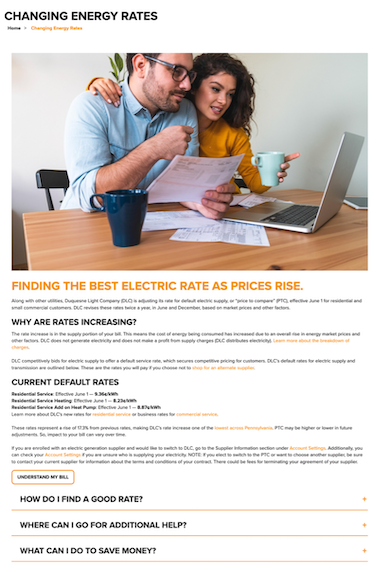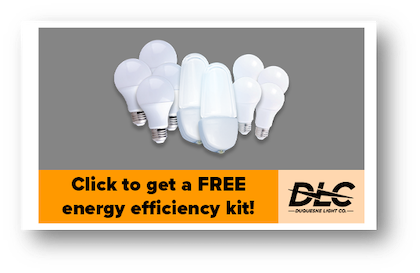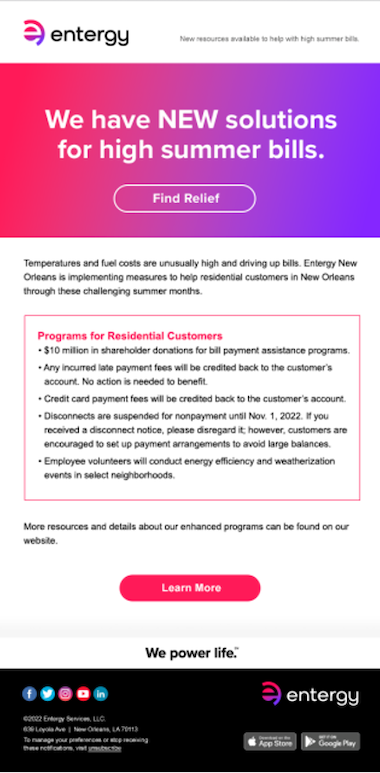Energy utility customers don’t want to be left in the dark during a power outage. When done well, outage communications can be a chance to further engage with customers and earn their trust. On the other hand, a lack of communication during an outage can cause ill will among customers and make it difficult to create a positive relationship down the line.
In our webinar, “How to Build Customer Trust with Outage Communications,” Questline Digital’s Nina Cummins, Senior Director of Key Accounts, and IntelePeer’s Jon Dunham, VP of Strategic Channels, shared insights into building an effective outage communications strategy. They explored best practices for communicating before, during and after power outages and explained why data integration is an important foundation for a successful strategy.
What Do Customers Expect During an Outage?
There are many challenges faced by energy utilities and their customers during service interruptions. To level-set the conversation and encourage webinar attendees to look at outages from a customer’s point of view, we asked them, “Which way do you prefer to get outage updates?”
An impressive 94% of poll respondents said they prefer to receive outage alerts via text — and only 3% prefer email. This is only further proof highlighting the need to understand customer preferences when earning their trust with outage communications.
While it’s unrealistic for customers to expect that outages will never occur, ongoing education and expectation-setting are crucial for an exceptional customer experience. Cummins shared that a staggering 71% of utilities acknowledge that they’re not doing enough to improve customer engagement. Utilities need to make a conscience effort to position themselves as trusted partners to customers by sharing information, collecting feedback and creating strong relationships.
Dunham explored the different perspectives of utilities and customers when facing outages.
From the utility’s standpoint, managing costs and investments while handling a spike in call volumes is a significant concern. On the other hand, customers primarily care about the restoration of service, the causes of the outage and potential safety threats to their families. Striking a balance between managing costs and delivering the best possible customer experience is essential.
“You have to think about the customer’s point of view,” Dunham said. “You need to look at, from a best-practice perspective, How do you reach those customers? How do you find that careful balance between managing your investment in technology and also managing customer satisfaction and how they interact with your company?”
Dunham also shared best practices for outage communications, emphasizing the importance of transparency, proactivity and clear messaging.
Five best practices that were shared include:
- Communicate proactively
- Remove jargon from messages
- Provide direct links and access to important resources
- Communicate the scope of the outage to customers
- Inform customers before, during and after outages
Before, During and After the Outage: Communicate at Every Stage
Effective communications are needed at all three stages: before, during and after power outages.
To ensure customers are well-prepared before an outage, utilities should provide outage resources (like an outage map), seasonal safety tips and options for customers to opt-in to alerts.
The top advice Cummins shared for this round of communications is to ensure your communications to customers are clear and to the point. Avoid jargon and complicated directions. Provide direct links.
During an outage, utilities must prioritize urgent and transparent communication with customers. A well-defined communication plan should be in place, utilizing various channels such as voice, SMS and digital platforms to ensure timely and accurate information is shared.
Customers should be informed about the impacted areas, the extent of the outage, the number of affected customers and the reason for the outage. It is essential to update them on power restoration efforts and provide confirmation that the issue is being resolved promptly.
After an outage, utilities should communicate details such as the cause, resolution, number of affected customers and even the number of line workers deployed. Reinforcing available outage resources and encouraging customers to sign up for text alerts while the experience is still fresh in their minds is also essential.
Post-outage surveys via SMS, email or outbound voice can provide valuable customer insights, helping utilities evaluate and improve their communication strategy. Real-time customer information associated with the outage journey, channels used and feedback on communication effectiveness are crucial to this evaluation process.
In this stage, utilities should send messages that include thanking customers for their patience, reminding them to sign up for outage alerts and providing safety tips and other resources. By addressing customers’ needs and concerns during and after an outage, utilities can foster a positive relationship and maintain customer confidence.
Integrate Data Into the Outage Communications Strategy
Regardless of where a utility company is in its technology journey, it can still innovate and create a better experience for customers without a major overhaul.
Call center agents use various communication platforms to respond to customers and integrating data from these platforms is crucial to creating a smart, unique experience for customers. For example, an SMS experience should be interactive, allowing customers to respond or even initiate a phone call to the call center directly from the text message.
Data integration can also help utilities monitor the effectiveness of their outage strategies and solutions. By analyzing data such as call spikes, SMS effectiveness and customer feedback, utilities can continually improve their services and maintain positive customer relationships.
Having access to the right data, fully integrated into the utility’s environment, and using insights and reporting tools are essential for continuous improvement and adapting to customers’ needs. This approach enables utilities to create better customer experiences.
Earn Customer Trust with a Successful Outage Communication Plan
Building trust with outage communications requires a successful strategy before, during and after service interruptions. Your utility needs to deliver timely, relevant information each step of the way.
Cummins and Dunham shared helpful tips during the webinar. In summary:
- Define realistic customer expectations about outages through ongoing education and communication.
- Focus your outage communication strategy all three stages: before, during and after an outage (also called the aware, action and affirm stages).
- Provide proactive communication and transparency in all channels, including email, text and social media.
- Share safety information, outage causes, estimated restoration times and status updates as quickly as you can.
- Thank customers for their patience and provide resources for any future outages.
- Gain customer insights through surveys to improve the outage communications strategy.
- Integrate data from various sources to provide tailored, interactive experiences for customers.
- When starting somewhere, begin your outage strategy with the “during” stage, since this is when customers are most concerned about their power.
- There’s no such thing as too much communication during an active outage situation.
- Balance communication across channels to avoid overcommunication before and after outages.
Research shows that overall satisfaction among customers who receive outage communications is much higher than among those who do not receive this information. By proactively building out an outage communications strategy, your utility will pave the way for increased customer satisfaction, earn their trust and build engagement in the long run.
